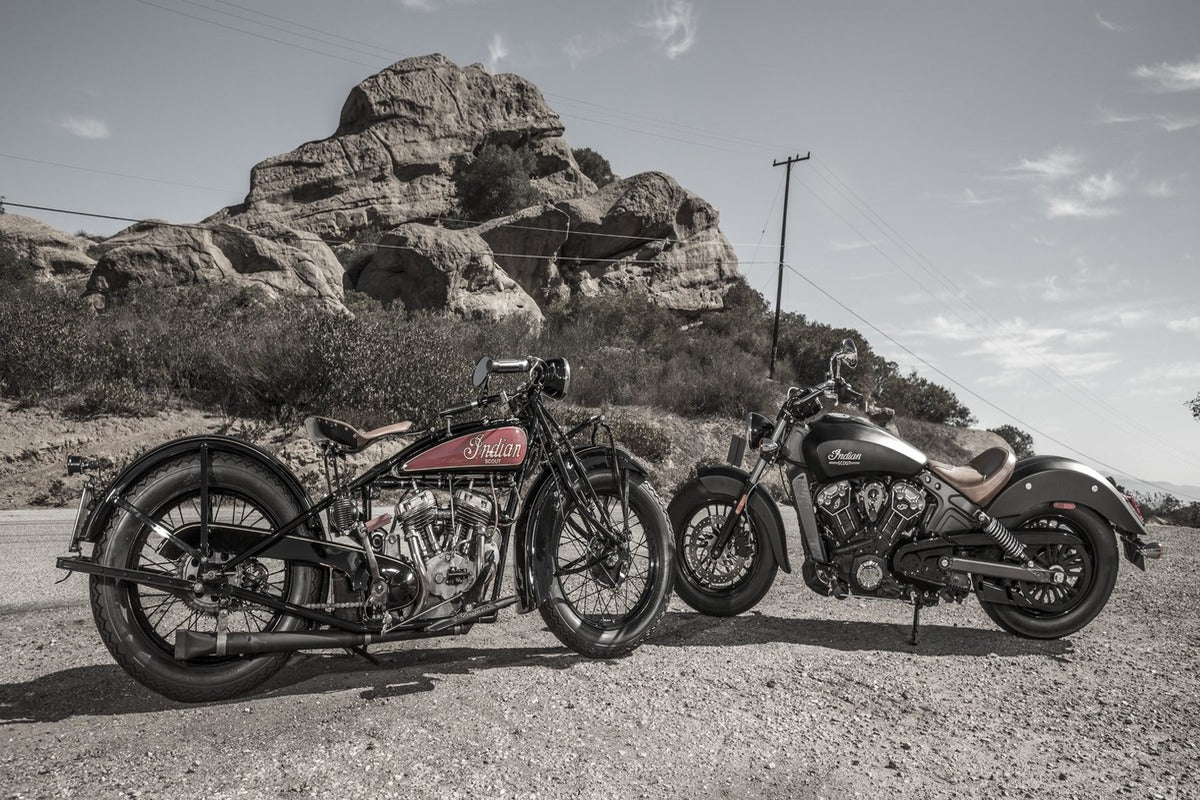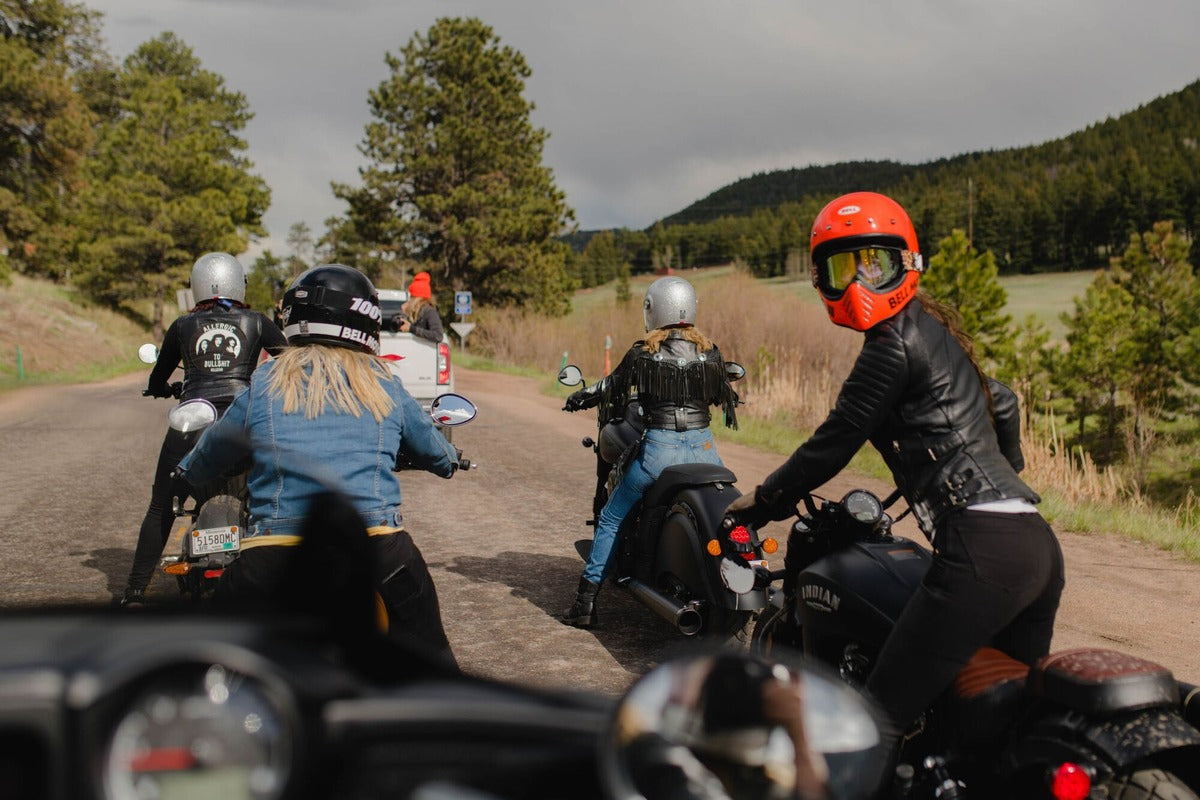
Indian Motorcycles: America's First Motorcycle
When you think of iconic American motorcycle brands, names like Harley-Davidson often come to mind. But long before Harley became a household name, there was another pioneer that blazed a trail in the motorcycle world: Indian Motorcycles. Founded in 1901, Indian Motorcycles holds the title of America’s first motorcycle manufacturer and has a rich history that is deeply intertwined with the evolution of the motorcycle industry.
The Birth of a Legend
Indian Motorcycles was established by George M. Hendee and Oscar Hedstrom in Springfield, Massachusetts. The duo initially focused on producing bicycles, but their passion for innovation led them to experiment with motorized bikes. Their breakthrough came in 1901 when they built their first prototype—a single-cylinder, 1.75 horsepower bike that they proudly dubbed the "Indian." The name was a nod to the brand's American heritage and the Native American imagery that would become synonymous with the brand.
Early Success and Innovation
Indian Motorcycles quickly gained a reputation for quality and performance. In 1903, Indian introduced its first production model, the "Indian Single," which featured a 2.5 horsepower engine and a belt drive. This model set the stage for future innovations and established Indian as a leading player in the motorcycle industry.
One of Indian's notable achievements in the early years was its success in racing. Indian bikes dominated the racing circuit, with the brand winning its first race in 1901 and continuing to win numerous races throughout the 1910s and 1920s. Indian's dedication to performance and reliability was evident, and its bikes became a favorite among riders and racers alike.
The Great War and Beyond
The onset of World War I marked a significant chapter in Indian Motorcycles' history. The U.S. Army sought reliable and durable motorcycles for reconnaissance and communication, and Indian answered the call. During the war, Indian supplied thousands of bikes to the military, proving the brand’s robustness and reliability on a global stage.
Post-war, Indian Motorcycles continued to innovate, introducing several groundbreaking models such as the Chief, Scout, and Roadmaster. These models featured larger engines, improved suspension, and more advanced features, further cementing Indian’s reputation as a leading motorcycle manufacturer.
Challenges and Transformation
Despite its early successes, Indian Motorcycles faced numerous challenges over the years. The Great Depression, World War II, and changing consumer preferences all took a toll on the company. In the 1950s and 1960s, Indian struggled with financial difficulties and management issues, which ultimately led to the company’s closure in 1953.
The Indian brand was resurrected several times, but it wasn’t until the early 2000s that the brand experienced a significant revival. In 2011, Indian Motorcycles was acquired by Polaris Industries, the manufacturer of Victory Motorcycles. Under Polaris’s ownership, Indian was reintroduced with modern designs that honored its classic heritage while incorporating contemporary technology.
Modern Era and Legacy
Today, Indian Motorcycles stands as a testament to its rich history and enduring legacy. The brand’s modern lineup includes models like the Scout, Chief, and Challenger, which blend vintage aesthetics with state-of-the-art performance. Indian continues to honor its heritage while embracing innovation, ensuring that it remains a relevant and respected name in the motorcycle world.
Indian Motorcycles' legacy is not just about the machines it has produced but also about the spirit of innovation and excellence that it represents. From its humble beginnings in a small Springfield workshop to its place as a global motorcycle icon, Indian has shown that it’s not just about the ride but about the journey and the history that makes it legendary.
Conclusion
Indian Motorcycles holds a unique place in the annals of motorcycle history as America’s first motorcycle manufacturer. Its journey from pioneering innovations to overcoming challenges and its revival in the modern era reflect a brand that has consistently pushed the boundaries of what’s possible in motorcycling. As Indian continues to ride into the future, it carries with it a legacy of craftsmanship, performance, and an indomitable spirit that has defined American motorcycling for over a century.


Leave a comment
This site is protected by hCaptcha and the hCaptcha Privacy Policy and Terms of Service apply.